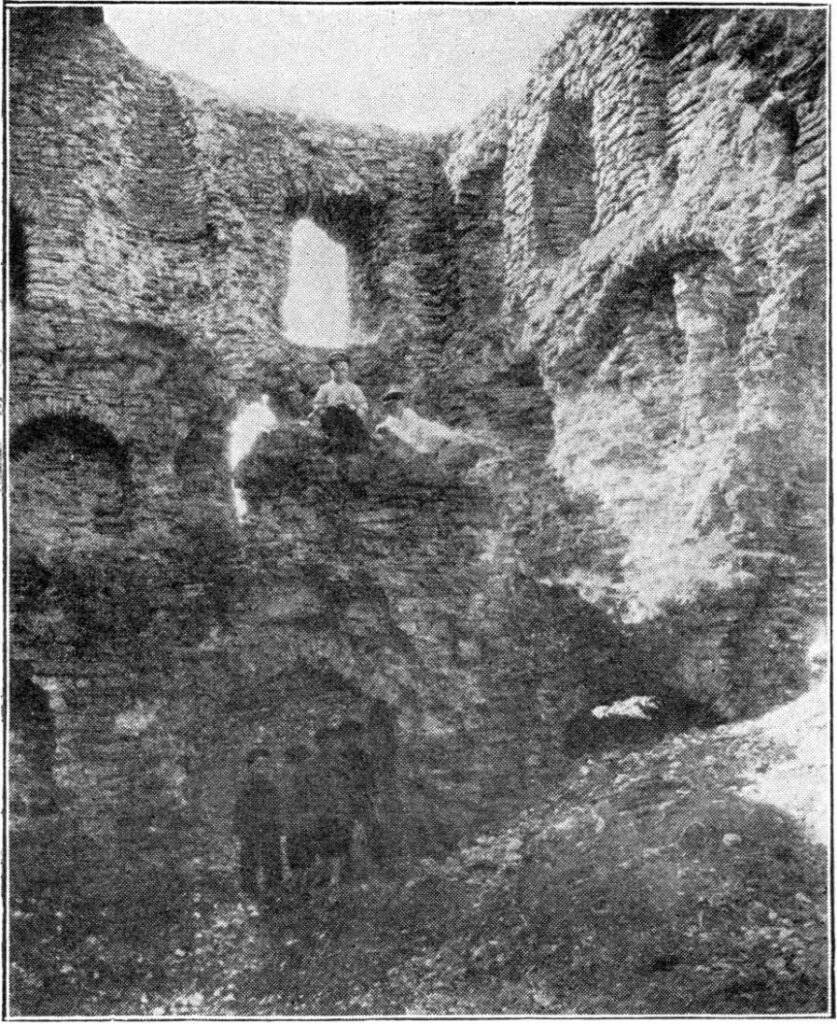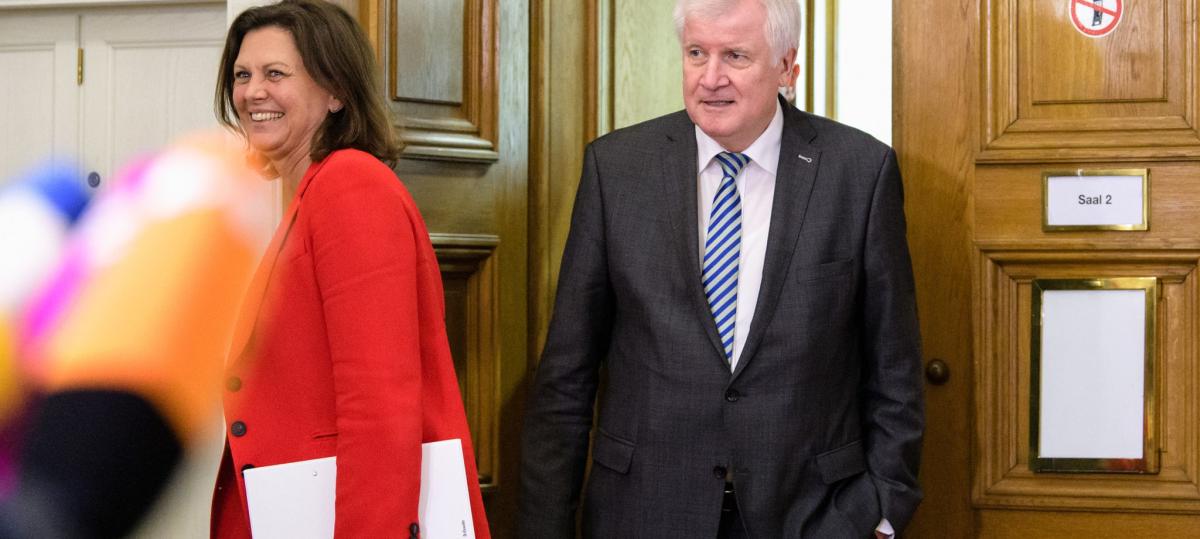Construction of the castle in Vasknarva. Murder of a Russian merchant in Narva

Arnold Paul Suvalep. « History of Narva. Danish and Livonian periods. » Start Here.
In the plan, drawn up in 1418 to strengthen and improve Narva, it was envisaged to protect the source of the river near Lake Peipsi. Since the order authorities began to consistently implement this plan, the question of the construction of a fortress near Lake Peipsi has become especially relevant. On January 28, 1427, the Narva Vogt asked Tallinn to send a skilled mason who could begin to build a tower at the source of the Narva River. He asked to do it quickly so that you could start work immediately. By the middle of the summer, the fortification was already brought under the roof, because in early July Izvestia came from Lithuania to Narva: the Pskovichi sent ambassadors to the Moscow Grand Duke with a complaint that the Order had built a castle on the banks of the Narva River. Pskov threatened to destroy her, as he had already done before with the castle, which stood in that place in 1349.
Relations with the Russians were so aggravated that the cities of Livonia seemed necessary in order to prohibit trading trips to Novgorod. In subsequent years, mutual disagreements were also quite frequent.
Apparently, in connection with the strengthening of the upper reaches of the VOGT River, he attached to his possessions the island on the Narva River, previously sold by Sherzelinka.
In 1428, Naru left all the respected Vogt Henry Shungel. One of the most cruel members of the Order of Tamma Wulf von Schpanham arrived in his place.
Narva could not forgive Tallinn that due to the opposition of the last Narva was not taken as members of the Hansa. The city was looking for an opportunity to take revenge or at least annoy Tallinn. The issue of real estate was no longer addressed, apparently, because some agreement was still concluded. Eyewitnesses are known: trading on the River Deadwitz and Luga, along with Rossonya, was allowed only to the Narvites; Aliens could trade there only with the permission of the Narva Vogt and Magistrate. Tallinn merchants did not bother to obtain such permission. Therefore, back in 1421, the Tallinns were warned through the Tallinn burgomaster, and when it did not help, several fish buyers were detained and delivered with the goods to the Narva castle. Soon, due to Tallinn’s intervention, prisoners were released. Narva privileges were stored in Tallinn before. On May 18, 1426, the necessary copies were made from them.
Since the master of the order granted the right to perform the court on the Narva River, the city had the opportunity to take the necessary steps against the Tallinn. On May 16, 1429, Narva informed Tallinn that the privilege of the Danish king Waldemar grants the exclusive right to trade on the Luga River only to residents of the castle and the city of Narva. Tallinn should prohibit his citizens with trade in this area, since Narva no longer intends to endure this. Narva Vogt repeated the same thing and added that they would not put up with such trade anymore. Tallinn was very surprised by this ban, because He has long had the right to trade everywhere, including and in the territories to the Narva River and further to Novgorod. Tallinn always used this right, and no one repaired him any barriers. Now Tallinn turned to the Narva VOGTU with a request not to infringe on the rights of the Tallinn merchants.
The Russian merchant was arrested by order of Vogt Narva Tamma Wulf von Schpanham, sharpened in the castle and from that time disappeared without a trace. According to information received in Novgorod, he was killed in the castle, and his body was lowered under the ice of the Narva rivers. He appropriated his rich goods to Vogt.
But the Narva authorities this time, apparently, decided to show that their words do not disperse from deed. In August, two Tallinn merchants arrived on their ships to trade in a forbidden zone. Here they were arrested with the goods. On September 1, 1429, at the request of Tallinn, merchants were released from the imprisonment, but back in October, the confiscated goods were still in the hands of the Narva magistrate. At the end of the year, Fogt Narva went to Tallinn, where in the castle of Toompea invited representatives of the city of Tallinn to the conversation. There was reached an agreement, according to which Vogt promised to return the confiscated goods. Since that time, trading on the Narva River stopped and concentrated on the territory of the city, on the other hand, Tallinn recognized the exclusive right to trade in the Luga River and, going to trade in the Luga River, Tallinn citizens asked permission from the Narva Magistrate. The new trading printing of Narva also began to gradually receive recognition.
In the summer of 1429, people of Vyborg Fogt captured two Lubeck ships at the mouth of the Narva River, who came with a load from Tallinn to Narva. In response to this, Tallinn arrested the goods of Vyborg merchants until the conflict was settled.
In 1428, a peace treaty with Pskov was extended for 10 years. The term of the contract with Novgorod also came to an end, and rumors about the possible beginning of the war were in Novgorod. The Russian ambassadors visited the Danish king in order to clarify the possibility of concluding a military union against him against the Order, but the trip did not bring results.

During these disagreements in Narva, a murder was committed, which for a long time spoiled relations with the Russians.
At the end of the year or the beginning of the next from Tallinn to Narva, the Novgorod merchant Fedor Shelanov arrived. Trade in Tallinn, apparently, was successful, he purchased many overseas goods and intended to return to his homeland. But the Tallinn merchant Hincin Bazun, an adventurer who arrived from Lubeck, who traded with other people’s money, without reporting to his trading partner, filed a complaint with the Narvsky VOGTU on a Russian merchant. The Russian was arrested by order of Vogt Tamma Wulf von Schpanheim, sharpened in the castle and from that time disappeared without a trace. According to information received in Novgorod, he was killed in the castle, and his body was lowered under the ice of the Narva rivers. He appropriated his rich goods to Vogt.
Already in July, at the Novgorod bargaining, it was announced that every Russian who dared to trade with the Germans is facing a loss of property. The Novgorod ambassador Sylvester went to the master of the order in Riga and from there to Tallinn to demand the return of the goods of the murdered merchant. The ambassador stated in categorical form that if the perpetrator was not punished, all Livonian lands will be responsible for the death of the merchant. The master of the order was forced to seriously engage in this case. The main culprit of Tamma Wulf von Shpangame was transferred to Prussia in advance. By order of the master, the New Fogt Narva imprisoned people of the Order who took part in the murder. But they said that they were just fulfilling the order of the boss. All the perpetrators avoided punishment.
To reconcile with Novgorod, one of the translators of the Order was sent there, Narva citizen German wrapped. His mission was a success. An agreement was reached that disputed affairs would be dismantled at a meeting in Narva on Ivanov Day 1431, until that time, trade between Novgorod and Livonia could continue freely. Herman promised the Russians that the path to merchants from Novgorod to Narva and from there further to Tallinn would be open.
Thus, despite the fact that the murder occurred in Narva, it was she who was the place where trade was restored in the first place. Already in August, after the ban on trade, a large influx of cargo began: according to VogT, every day several ships with salt arrived in the city. Of these, four ships belonging to the Tallinn merchants were detained under the Narva people of Vyborg Vogt and taken to Vyborg. In September, many Russian merchants arrived in Narva, and in October, merchants who introduced themselves as the Swedes drove through the city to Novgorod.
In 1431, in contrast to Vasknarva, on the opposite shore of Lake Peipsi, Pskovichi built a fortified city of Gdov.
On Ivanov’s Day of the same year, a meeting with Russian ambassadors took place on the Narve River, in which representatives of Tallinn also took part. In the resolution of disputed issues, the parties, apparently, did not advance. They could only refrain from exacerbation of the conflict.
(To be continued)
The Post Construction of the castle in Vasknarva. Murder of a Russian merchant in Narva FIRST Appeared on gazeta.ee.








